1. The Electric Prunes

The Electric Prunes were one of those bands that never quite fit into a single box. Their 1966 hit “I Had Too Much to Dream (Last Night)” became a garage rock staple, but the rest of their catalog veered into psychedelic experiments that baffled mainstream audiences. They were pioneers in blending fuzzed-out guitars with odd sound effects, and their willingness to embrace unconventional arrangements often left them misunderstood. While other groups stuck to safer territory, The Electric Prunes dabbled in avant-garde rock and even released a concept album based on a Catholic mass.
Unfortunately, their ambitious projects didn’t always translate to commercial success, and their later albums often confused the very fans who loved their early singles. Still, looking back, their risk-taking spirit feels far more in line with what bands would be doing years later. Modern psychedelic revivalists cite them as an influence, and their once-overlooked work has become a treasure for collectors. They may not have topped charts, but they helped expand the boundaries of what rock could sound like.
2. Love
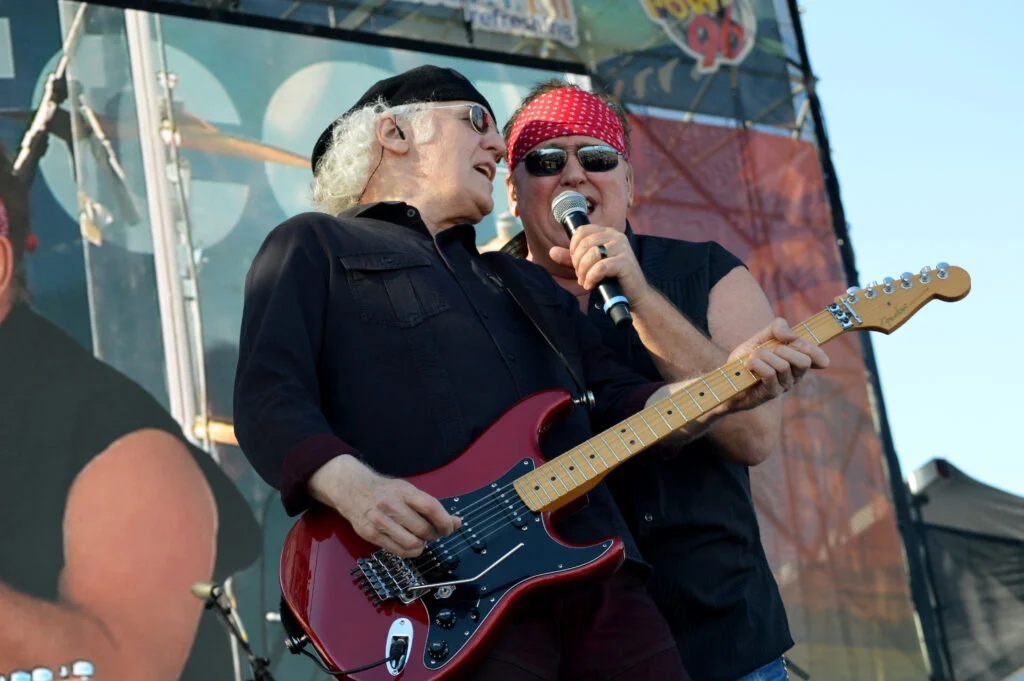
Love’s leader Arthur Lee was a visionary who seemed to operate on a wavelength that most of the music industry just couldn’t tune into. Formed in Los Angeles in 1965, Love fused folk, psychedelia, and even elements of jazz into a sound that felt like a snapshot of the future. Their 1967 album Forever Changes is now hailed as one of the greatest records of all time, but back then it struggled to find a wide audience. Lee’s cryptic lyrics and the band’s refusal to tour extensively only made it harder for them to break through.
They were also racially diverse at a time when that was rare in rock, which meant they didn’t fit neatly into the marketing boxes of the era. Yet, their influence has quietly trickled down through generations, with artists from Robert Plant to The Stone Roses praising their work. Love was a band that demanded attention and patience from listeners, and while they didn’t get the mainstream love they deserved in the ’60s, history has been much kinder.
3. The Zombies
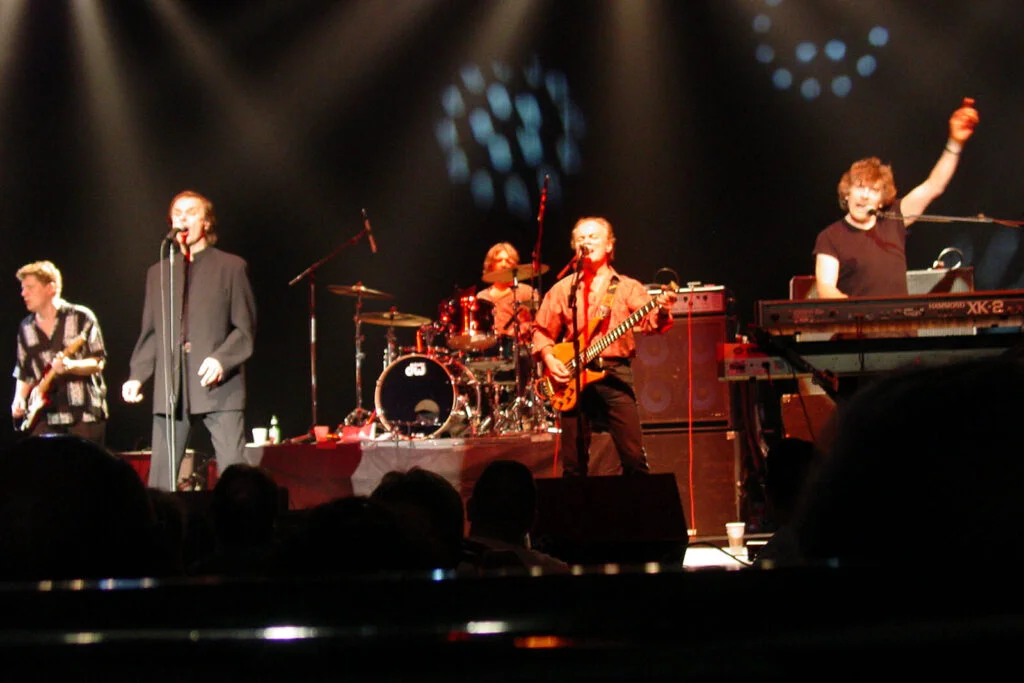
The Zombies might be best known now for “Time of the Season” and “She’s Not There,” but at the height of their career, they were a hard sell in the U.S. Their sophisticated melodies, jazz-influenced chords, and poetic lyrics set them apart from many British Invasion peers who were chasing blues-based rock hits. Their 1968 masterpiece Odessey and Oracle was recorded just before they broke up, meaning it didn’t get the promotional push it needed. Ironically, “Time of the Season” only became a hit after the band had already called it quits.
Their music was layered and subtle, qualities that didn’t always resonate with a singles-driven market. Over time, the album has been recognized as a psychedelic pop classic, inspiring countless musicians. The Zombies’ combination of artistry and vulnerability made them decades ahead of their time, even if they didn’t reap the rewards back then. These days, they’ve finally earned their place in the Rock and Roll Hall of Fame, a belated nod to their brilliance.
4. The Pretty Things
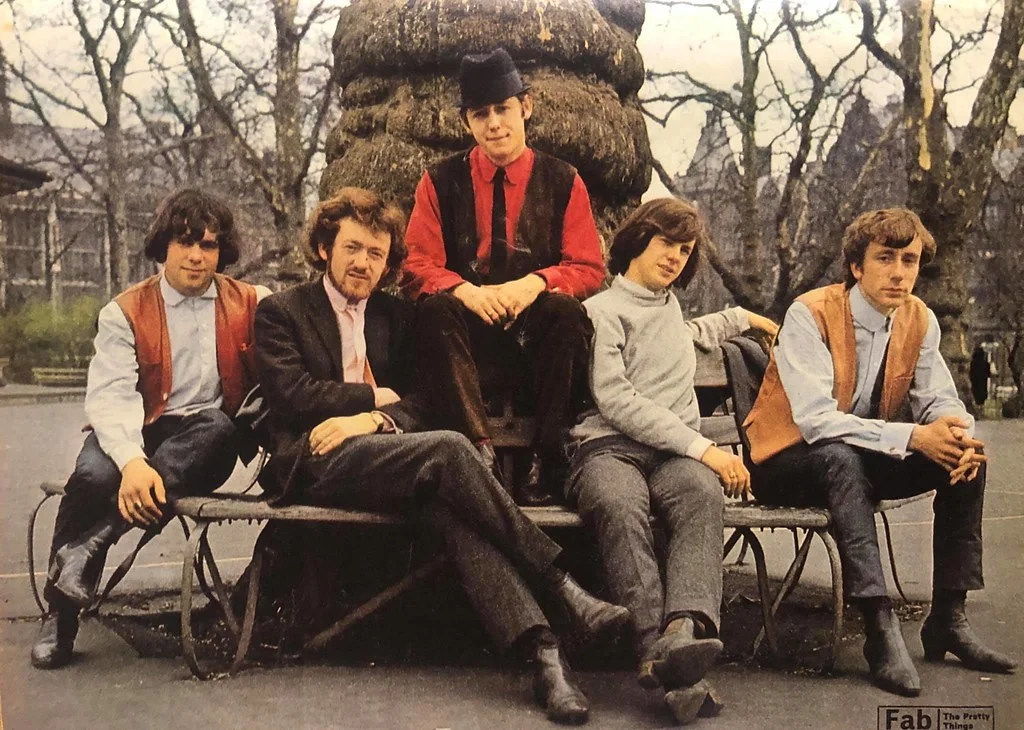
The Pretty Things were gritty, raw, and fearless—qualities that both helped and hindered them in the 1960s. They pushed boundaries with loud, aggressive rock that often put them in the same conversation as The Rolling Stones, but they took more risks musically. Their 1968 album S.F. Sorrow is considered one of the first rock operas, predating Tommy by The Who. Unfortunately, poor promotion and distribution meant it never reached the audience it deserved.
The band’s rebellious nature also kept them at odds with the industry. They didn’t sanitize their image to please radio or TV, and as a result, they remained cult favorites rather than household names. Today, S.F. Sorrow is celebrated as a groundbreaking work that influenced the prog and glam movements of the ’70s. The Pretty Things weren’t afraid to chart their own course, even if it meant missing out on commercial glory.
5. The 13th Floor Elevators
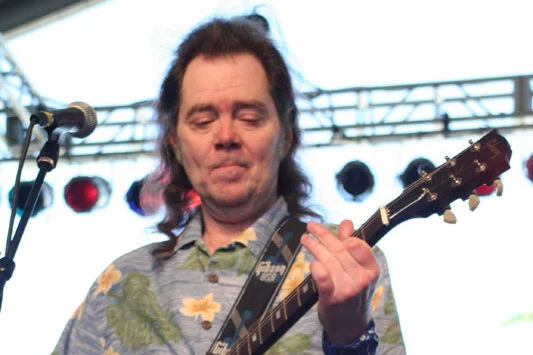
The 13th Floor Elevators are often credited as one of the very first psychedelic rock bands, led by the eccentric genius Roky Erickson. They combined jangly guitars, reverb-heavy vocals, and an electric jug (yes, really) to create a sound unlike anything else in 1966. Their debut album, The Psychedelic Sounds of the 13th Floor Elevators, even helped popularize the term “psychedelic rock.” Despite their innovation, they were far too unconventional for mass appeal.
The band’s story is also marked by tragedy, including Erickson’s legal troubles and mental health struggles. Still, their music became a touchstone for later psychedelic and garage bands, proving that influence doesn’t always come with commercial success. While they never topped charts, their cult following only grew with time. Today, they’re seen as a blueprint for experimental rock bands who refuse to play it safe.
6. The United States of America
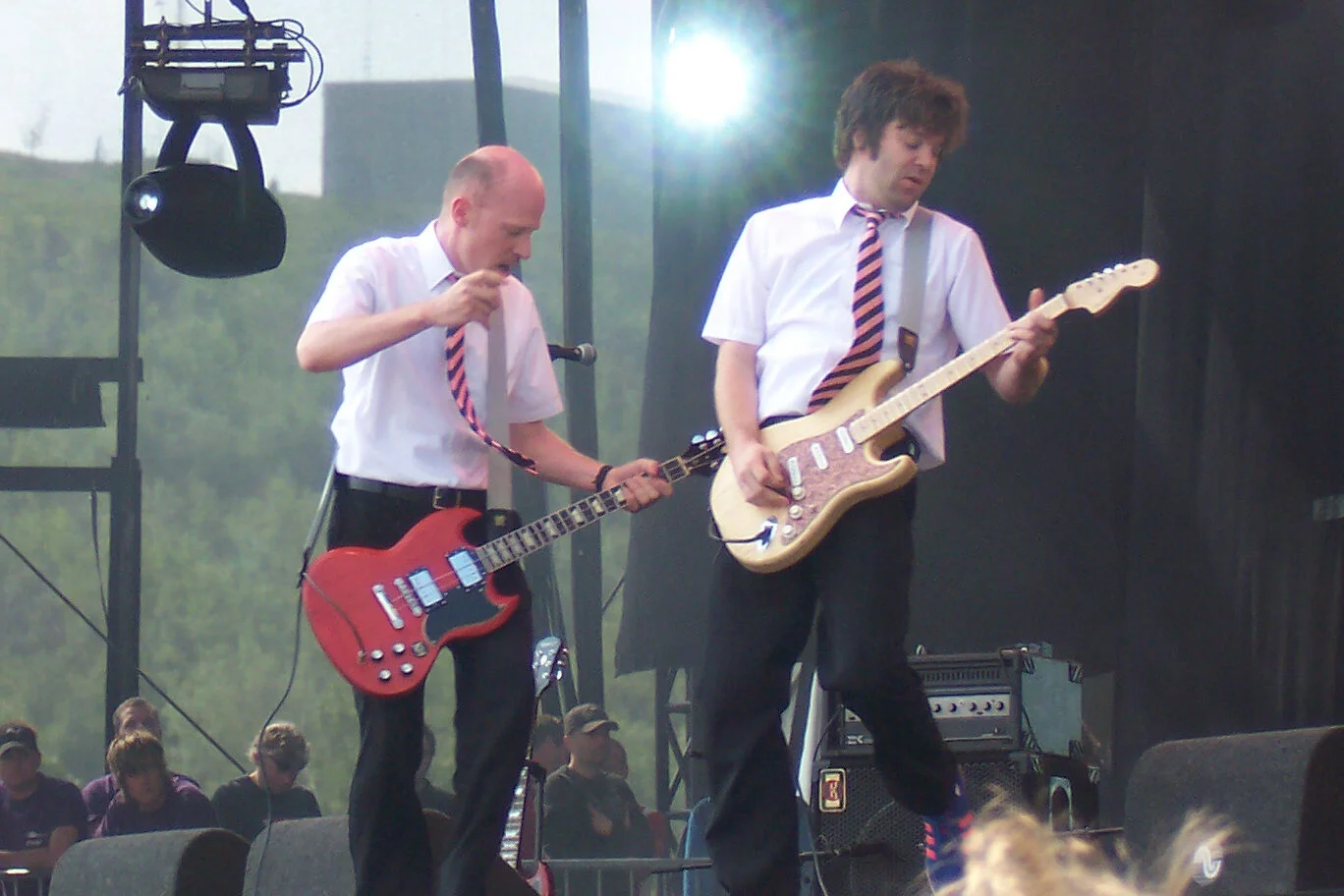
Formed by experimental composer Joseph Byrd, The United States of America released only one self-titled album in 1968, but it was unlike anything else at the time. Instead of guitars, they relied heavily on electronic instruments, tape loops, and unconventional percussion. Their music was politically charged, blending rock, avant-garde, and early electronic music in a way that baffled record executives. Unsurprisingly, mainstream audiences didn’t know what to make of it.
The band broke up before they could record a follow-up, but their lone album has become a cult classic among musicians. Many later electronic and indie acts cite them as an influence, noting how they challenged the idea of what rock could be. In a decade dominated by guitar-driven music, The United States of America dared to go fully experimental, and while it cost them commercial success, it earned them a place in music history.
7. The Soft Machine
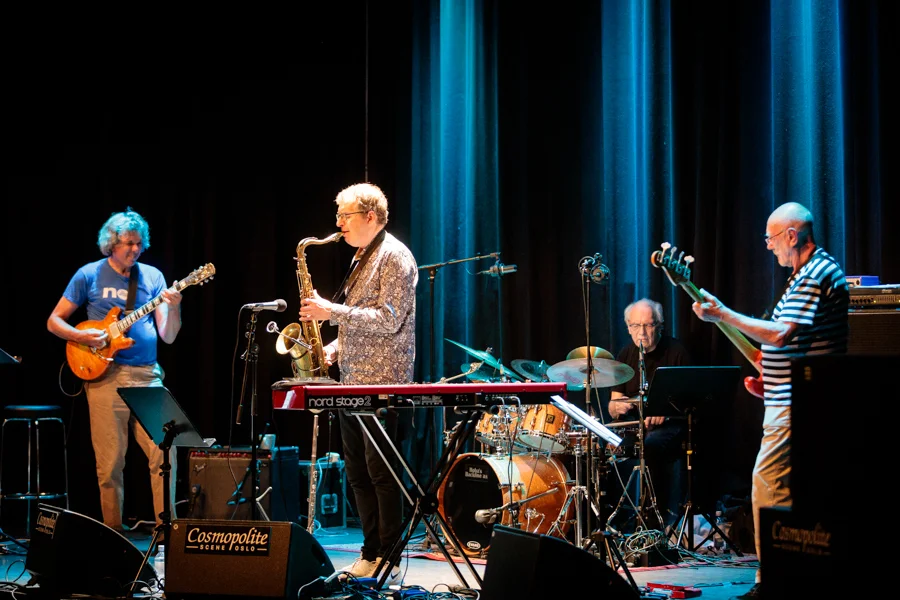
The Soft Machine were part of the British psychedelic scene, but they quickly moved into territory that was more jazz fusion than pop. Their complex time signatures, instrumental improvisations, and surreal lyrics made them a favorite among underground audiences but a tough sell for radio. The band shared stages with Jimi Hendrix, yet never reached the same level of fame. Their music demanded attentive listening, which wasn’t exactly what the singles market thrived on.
Over time, The Soft Machine became a cornerstone of the Canterbury scene, influencing progressive rock and fusion bands throughout the ’70s. They were ahead of their time in blending genres, creating a sound that foreshadowed much of what would come in experimental rock. While they didn’t dominate the charts, their legacy is strong among musicians who value innovation over accessibility.
8. Kaleidoscope (U.S.)
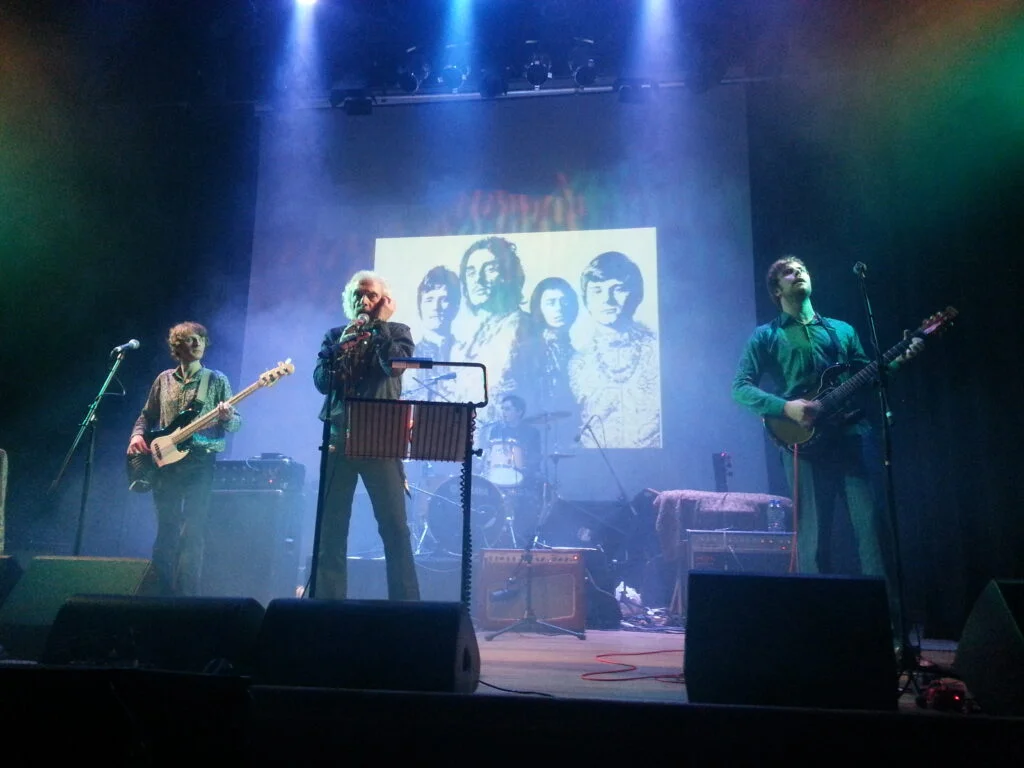
Kaleidoscope blended psychedelic rock with Middle Eastern, folk, and country influences, making them one of the most eclectic bands of the ’60s. Led by David Lindley, they used instruments like the oud and saz alongside electric guitars, creating an exotic and hypnotic sound. Their debut album Side Trips in 1967 showcased their adventurous spirit, but it was too far removed from the mainstream to make a major impact.
Their genre-bending style would later be embraced by world music and fusion artists, but at the time it puzzled radio programmers. Kaleidoscope’s refusal to stick to one sound meant they never had a clear marketing angle, but that same quality has kept their music fresh decades later. Today, they’re seen as visionaries who expanded the vocabulary of rock long before it was trendy to do so.
9. The Byrds
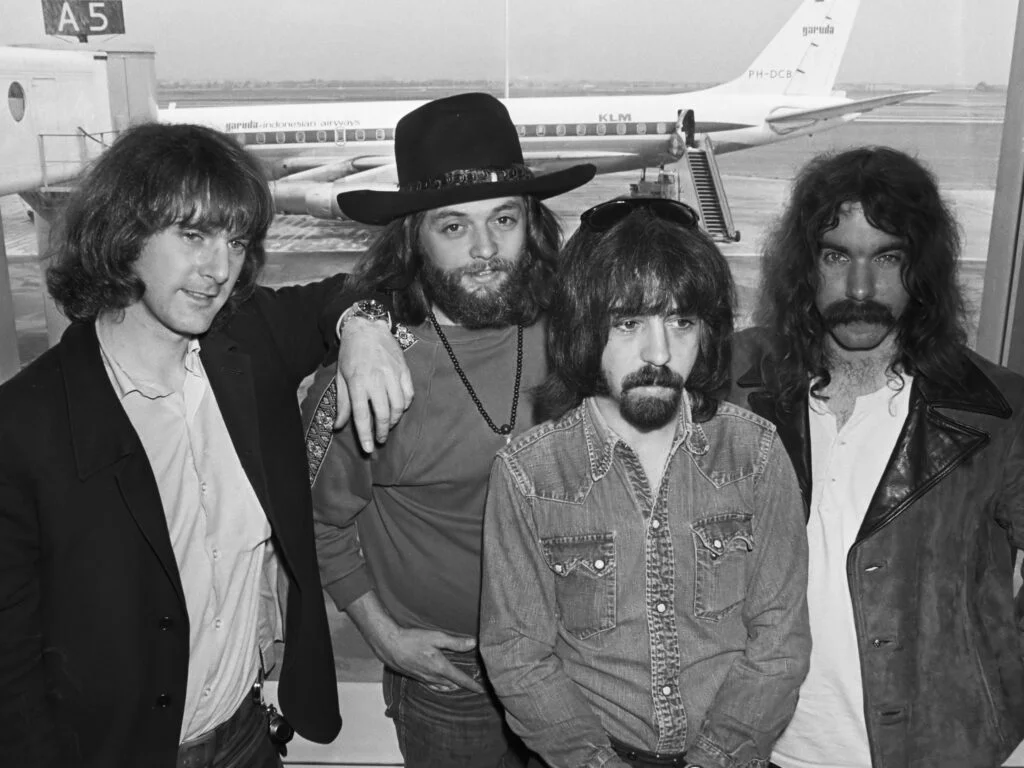
The Byrds are often remembered for their jangly, folk-rock hits like “Mr. Tambourine Man,” but their real genius was in how quickly they evolved. By the late ’60s, they had moved from Bob Dylan covers into psychedelic rock, raga influences, and eventually into country-rock with Sweetheart of the Rodeo. That leap into country at the height of psychedelia was so unexpected that many fans didn’t know what to make of it. They were planting seeds for the Americana and alt-country movements decades before those genres were household names.
While they had several hits, The Byrds’ most forward-thinking work often went over listeners’ heads at the time. Critics have since recognized how their experimentation opened new lanes for rock music, influencing everyone from Tom Petty to Wilco. They weren’t afraid to change direction when it meant following their creative instincts, even if it meant confusing the charts. Today, those risks are what keep their legacy so strong.
10. The Kinks
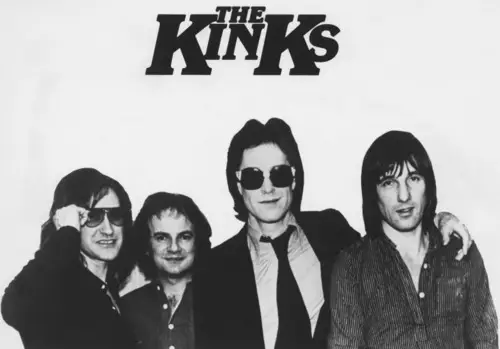
The Kinks had all the makings of British Invasion royalty, but their path was anything but straightforward. Hits like “You Really Got Me” cemented their place in rock history, yet frontman Ray Davies was always more interested in telling quirky, distinctly English stories than chasing trends. Albums like The Village Green Preservation Society were brimming with charm, nostalgia, and social commentary, but they didn’t sell well when first released. They were too British for the American market and too unconventional for the pop charts.
Adding to their troubles, a ban from touring the U.S. during much of the mid-’60s limited their international exposure. Still, their songwriting and storytelling influenced punk, Britpop, and indie rock in ways that weren’t fully appreciated until years later. The Kinks may not have been the biggest band of the ’60s, but their fingerprints are all over modern rock.
11. The Hollies
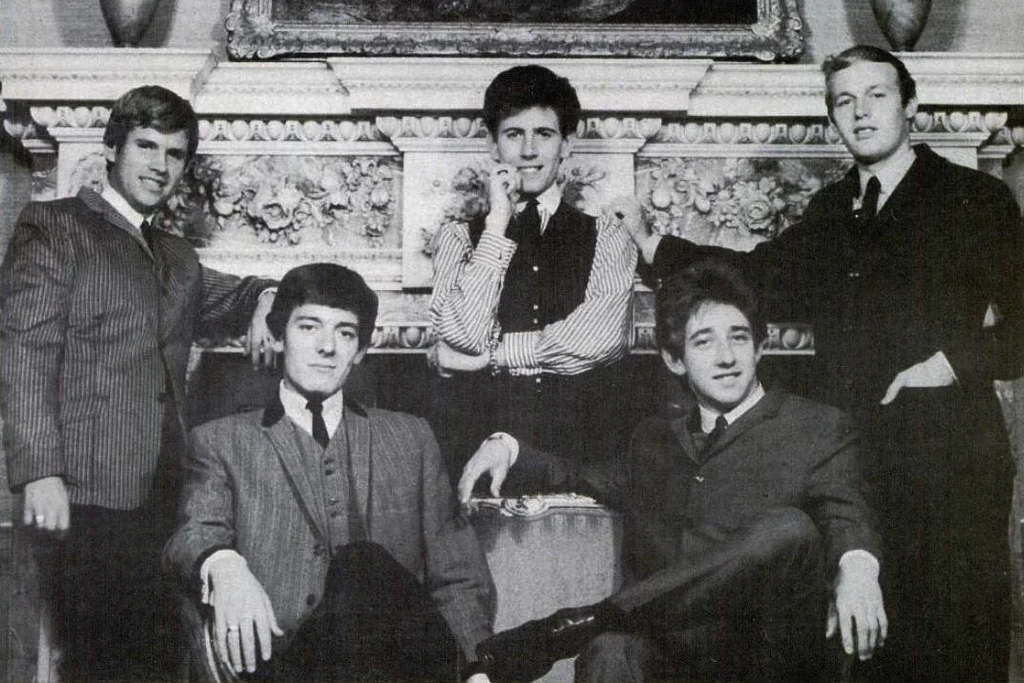
The Hollies scored plenty of hit singles in the ’60s, but their knack for tight harmonies and sophisticated pop craftsmanship was often overshadowed by flashier acts. While contemporaries like The Beatles were pushing into experimental territory, The Hollies perfected a blend of pop, rock, and folk that was deceptively complex. Tracks like “King Midas in Reverse” showed they weren’t afraid to take risks, but when it underperformed, they were nudged back toward safer material.
When Graham Nash left to join Crosby, Stills & Nash, it became clear just how forward-thinking The Hollies could be in the right context. While they were successful, many of their most ambitious works were only fully appreciated years later. They helped define the melodic pop-rock sound that would influence artists well into the ’70s and ’80s.
12. Cream
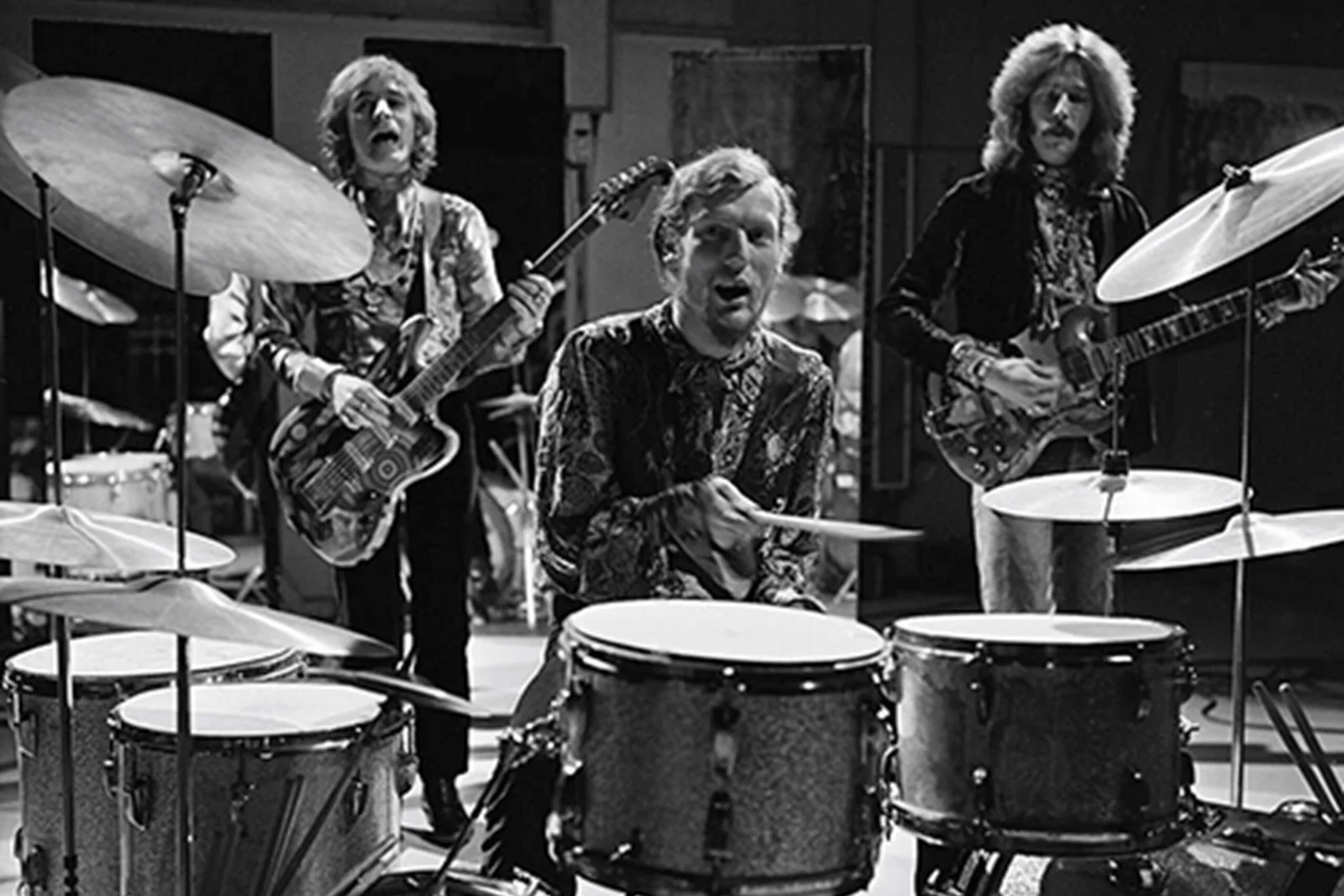
Cream’s fiery blend of blues, rock, and psychedelia was unlike anything else in the mid-’60s. Eric Clapton, Jack Bruce, and Ginger Baker were all virtuosos, pushing rock toward longer, more improvisational jams that anticipated the hard rock and prog movements. Songs like “Sunshine of Your Love” broke through, but much of their catalog was far more experimental than radio was ready for. They weren’t just a band, they were a showcase for musicianship in an era still focused on the three-minute pop single.
Their brief run from 1966 to 1968 left behind a small but incredibly influential body of work. The idea that a rock band could be as much about instrumental exploration as hit singles owes a lot to Cream’s boldness. While they did taste fame, the depth of their musical impact wasn’t truly recognized until after they split.
13. The Yardbirds
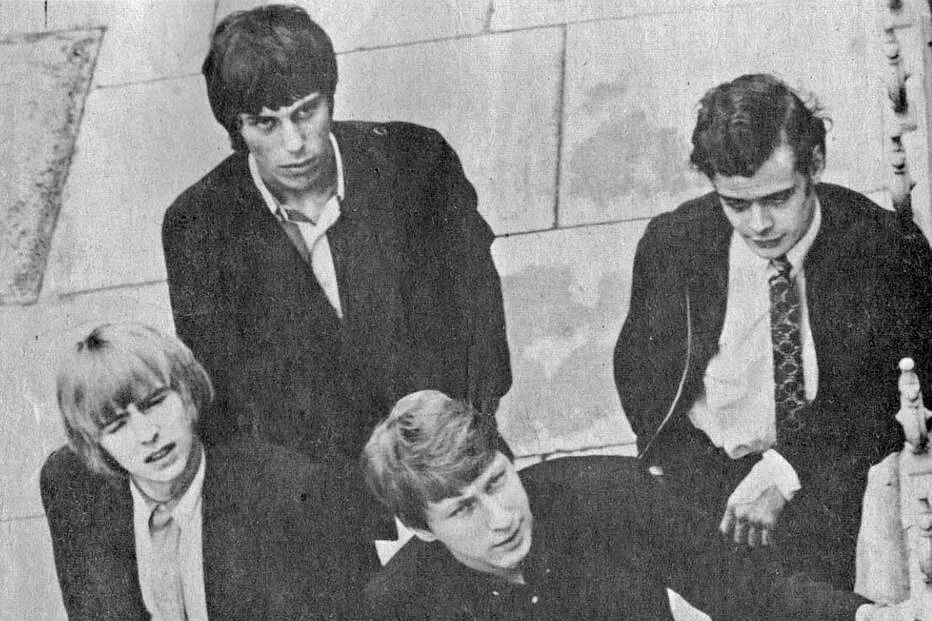
The Yardbirds might be most famous now for launching the careers of guitar legends Eric Clapton, Jeff Beck, and Jimmy Page, but in the ’60s, they were far more adventurous than their peers. They started with blues-based rock but quickly added feedback, distortion, and experimental arrangements that hinted at psychedelic and hard rock before either genre had a name. Songs like “Shapes of Things” were early blueprints for what would become arena rock.
Despite their innovations, they were often in a state of transition, which made it hard for them to cement a single identity in the public’s mind. Still, their willingness to experiment with sound effects and song structures directly influenced Led Zeppelin, The Jeff Beck Group, and countless others. The Yardbirds may not have been the most famous band of their era, but their legacy is woven into the DNA of modern rock.
14. Jefferson Airplane
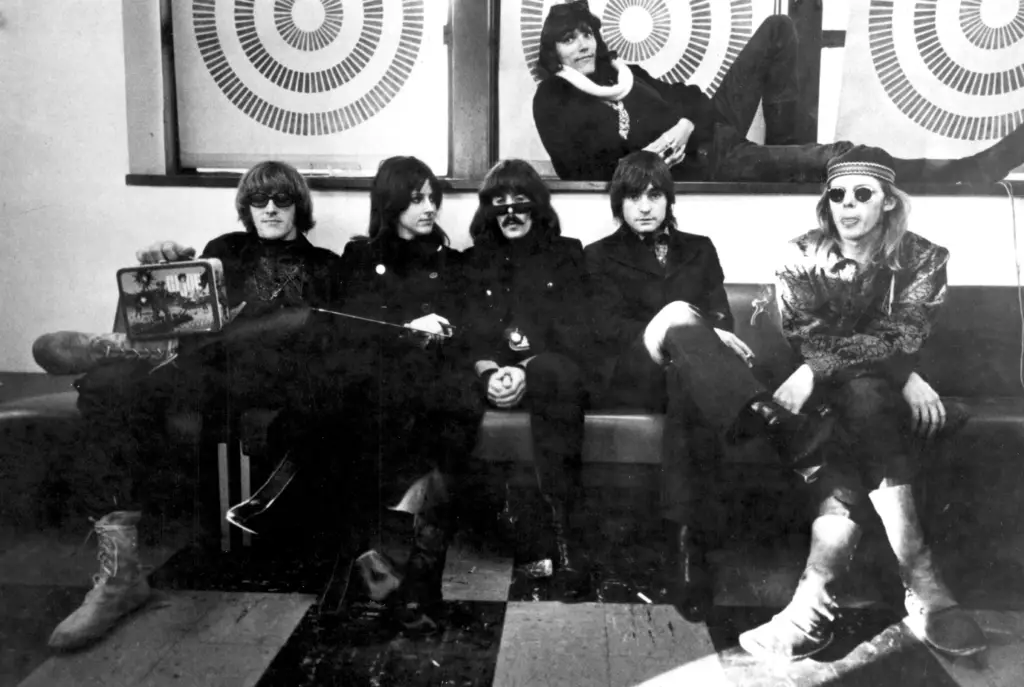
Jefferson Airplane might have scored big hits with “Somebody to Love” and “White Rabbit,” but much of their work was far more adventurous than what the mainstream embraced. Albums like After Bathing at Baxter’s took psychedelic rock into sprawling, experimental territory that challenged the radio-friendly formula of the time. Grace Slick’s commanding vocals and the band’s willingness to layer complex arrangements made them favorites among the counterculture, even if critics sometimes found them too unconventional.
While they did enjoy bursts of fame, their bolder material didn’t always land with casual listeners. Yet, they helped define the San Francisco sound and influenced countless psychedelic and progressive acts. Looking back, their willingness to push beyond their own commercial comfort zone is what keeps their legacy so strong. They weren’t just about the hits — they were about expanding what rock could say and sound like.
15. The Small Faces
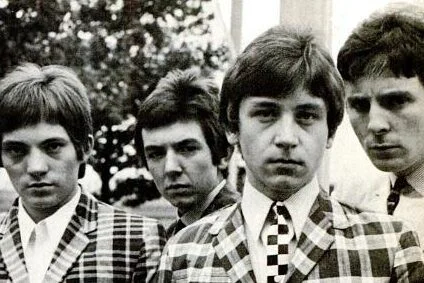
The Small Faces were one of Britain’s most talented and energetic bands, but their genre-hopping style often left them hard to categorize. Starting with punchy mod rock, they shifted into psychedelic pop with the ambitious concept album Ogdens’ Nut Gone Flake in 1968. That record’s blend of whimsical storytelling, inventive arrangements, and pure rock energy was years ahead of its time. Unfortunately, its quirkiness didn’t translate well internationally, limiting its reach.
Despite their relative lack of fame outside the UK, they influenced everyone from Paul Weller to Oasis. Steve Marriott’s soulful vocals and the band’s inventive spirit have since earned them a devoted following among rock historians. They proved that British rock could be both playful and musically sophisticated, even if the charts didn’t always reflect it.
16. Buffalo Springfield
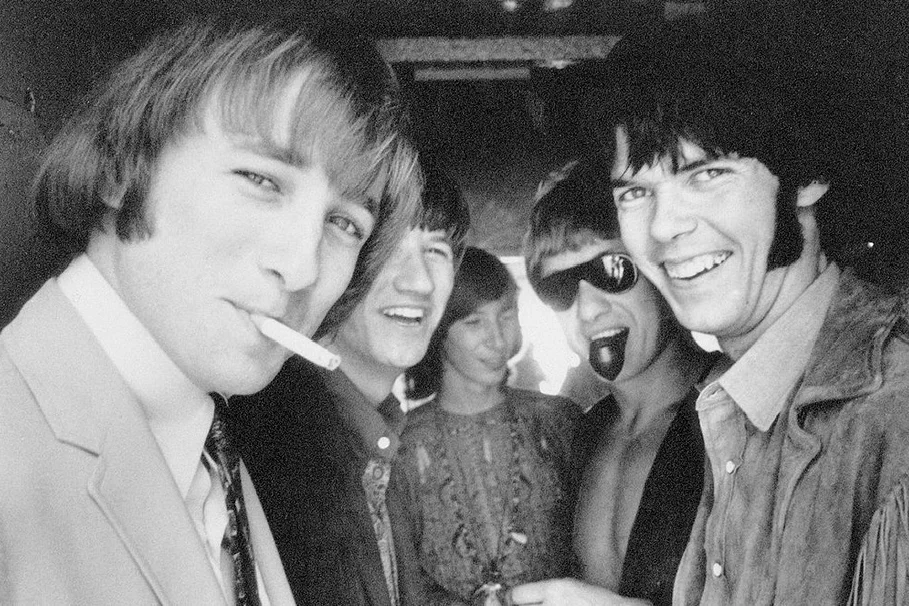
Buffalo Springfield only lasted two years, but in that short time, they laid the groundwork for country rock, folk rock, and even early singer-songwriter styles. Their hit “For What It’s Worth” made them famous, but songs like “Broken Arrow” and “Bluebird” hinted at a much broader musical vision. With members like Stephen Stills, Neil Young, and Richie Furay, the band was full of songwriters eager to experiment with arrangements and genres.
Internal tensions and lineup changes meant they never fully realized their potential as a group. Still, their influence lived on through the later projects of their members, shaping rock for decades to come. Buffalo Springfield was a supergroup in the making — they just happened to be too far ahead of the curve to last.
17. The Troggs
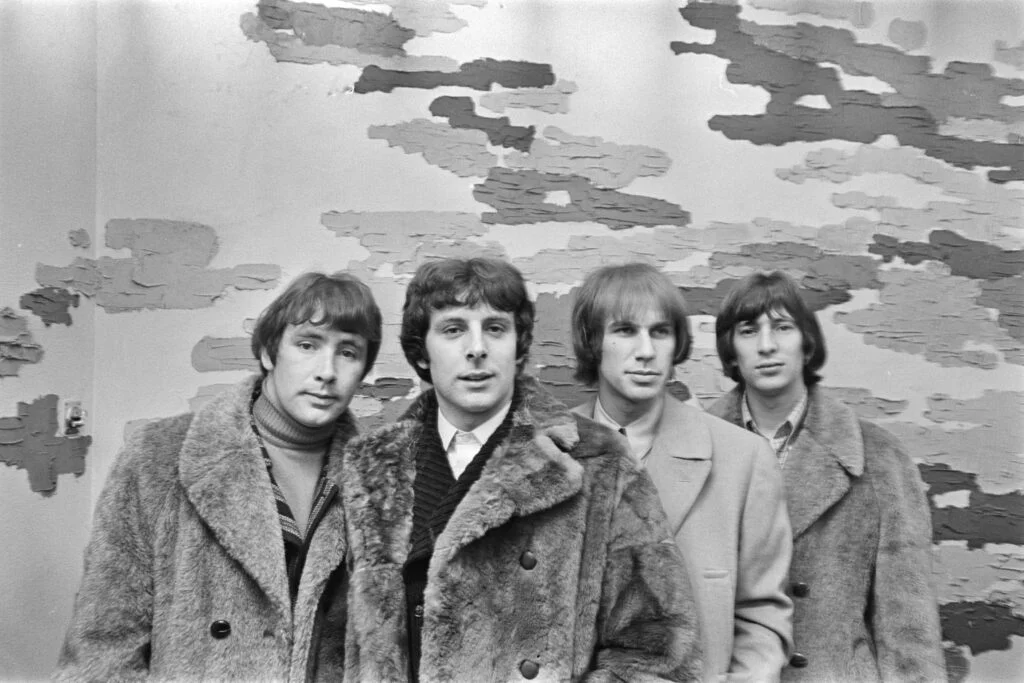
Best known for “Wild Thing,” The Troggs often get remembered as a raw garage rock band, but they had a knack for unusual songwriting that wasn’t always appreciated at the time. Tracks like “Love Is All Around” and “I Can’t Control Myself” showcased a more melodic, emotional side that contrasted with their gritty image. They were also early experimenters with odd recording techniques, layering sounds in ways that stood apart from their contemporaries.
Because they were marketed primarily as a simple rock act, much of their more innovative work got overlooked. Yet, their mix of primal energy and melodic charm became a blueprint for punk, power pop, and indie rock years later. The Troggs weren’t just one-hit wonders — they were quietly reshaping the possibilities of rock and roll.
18. The Moody Blues
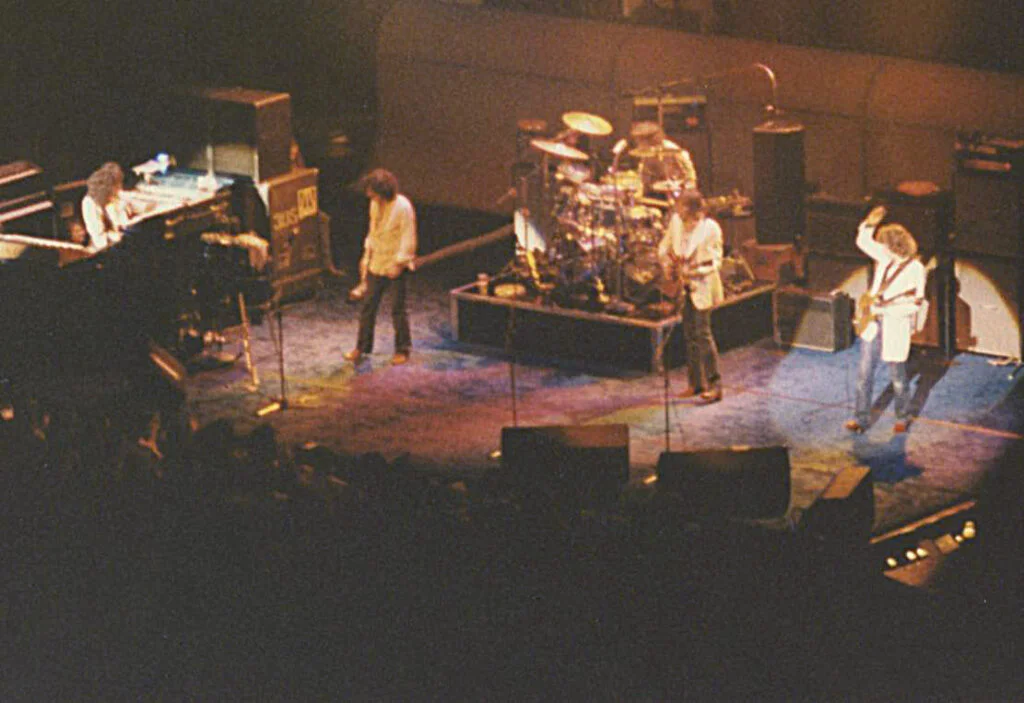
The Moody Blues began as a straightforward R&B group but transformed into pioneers of symphonic rock almost overnight. Their 1967 album Days of Future Passed blended rock with orchestral arrangements, creating a lush, cinematic sound that was unlike anything else in the charts. While songs like “Nights in White Satin” eventually became classics, at the time, their fusion of rock and classical music was considered risky and unconventional.
They spent the late ’60s crafting albums that played like complete musical journeys, a concept that wouldn’t catch on widely until the prog rock boom of the ’70s. Critics were slow to embrace their vision, but listeners eventually caught up, and now they’re seen as innovators who expanded the emotional and sonic scope of rock. The Moody Blues proved that rock could be grand, ambitious, and timeless.


